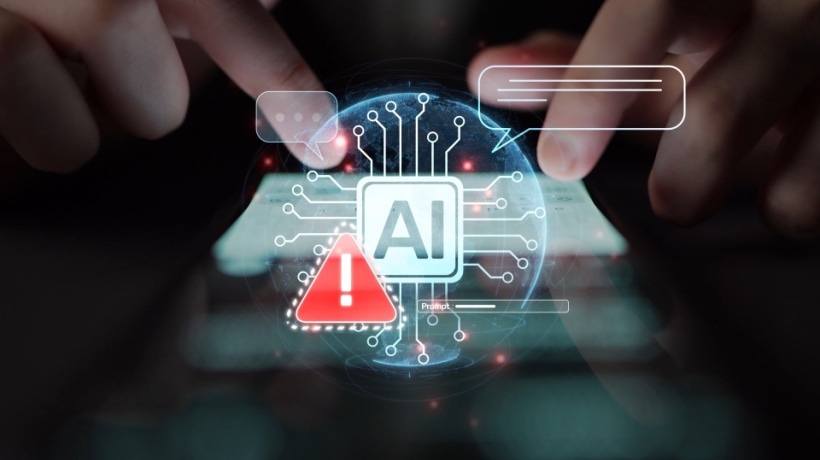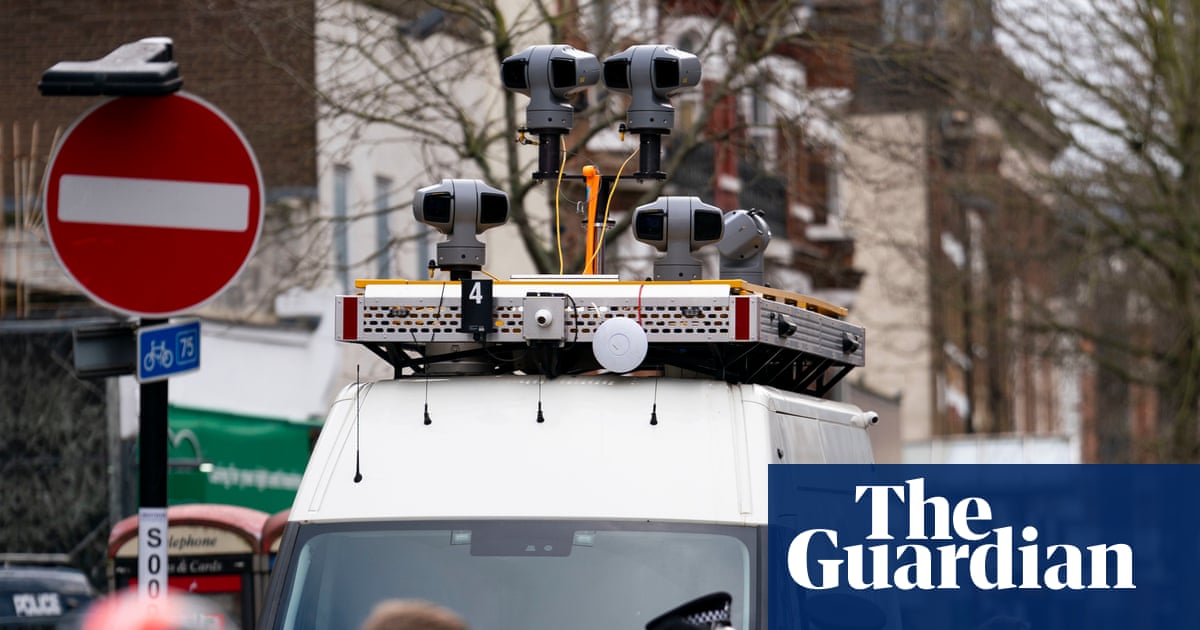#algorithmic-bias
#algorithmic-bias
[ follow ]
fromwww.computer.org
1 week agoThe Myth of AI Neutrality in Search Algorithms
There is a persistent myth of objectivity around AI, perhaps because people assume that once the systems are deployed, they can function without any human intervention. In reality, developers constantly tweak and refine algorithms with subjective decisions about which results are more relevant or appropriate. Moreover, the immense corpus of data that machine learning models train on can also be polluted.
Artificial intelligence
Artificial intelligence
fromArchDaily
1 week agoThe Role of Responsible AI in Transforming Architectural Practices and Design
AI will automate repetitive, data-heavy architectural tasks, enabling architects to focus on creativity while raising ethical, legal, bias, and intellectual-property challenges requiring clear guidelines.
Artificial intelligence
fromNature
2 weeks agoPanels of peers are needed to gauge AI's trustworthiness - experts are not enough
Expert-only evaluation methods like the 'Sunstein test' risk concentrating AI trustworthiness judgments among elites, thereby reinforcing existing power structures shaping AI objectives.
fromGadget Review
4 weeks agoGoogle's AI Lie Detector: Marketing Myths vs. Scientific Reality
Your next video call might include an invisible polygraph examiner. Google and competitors are racing to deploy AI systems that promise to catch lies through voice patterns, facial microexpressions, and language analysis. The pitch sounds compelling: revolutionary accuracy in detecting deception, finally replacing those notoriously unreliable polygraph machines. The reality is more sobering. Peer-reviewed research consistently shows multimodal AI lie detection maxing out around 75-79% accuracy in controlled settings-impressive, but nowhere near the bold marketing claims circulating in tech circles.
Artificial intelligence
fromMedCity News
1 month agoHow Are Healthcare Leaders Tackling Automation Bias? - MedCity News
One of the biggest examples in the commercial consumer industry is GPS maps. Once those were introduced, when you study cognitive performance, people would lose spatial knowledge and spatial memory in cities that they're not familiar with - just by relying on GPS systems. And we're starting to see some of those things with AI in healthcare," Amarasingham explained.
Health
fromApaonline
2 months agoBlack Boxes, Clear Duties: Owning AI Risk When the Guardrails Are Gone
As AI adoption accelerates, the consequences-intended and not-are becoming harder to ignore. From biased algorithms to opaque decision-making and chatbot misinformation, companies are increasingly exposed to legal, reputational, and ethical risks. And with the rollback of federal regulation, many are navigating this landscape with fewer guardrails. But fewer guardrails doesn't mean fewer consequences-only that the burden of responsibility shifts more squarely onto the businesses deploying these systems. Legal, financial, and reputational risks haven't disappeared; they've just moved upstream.
philosophy
Artificial intelligence
fromBusiness Insider
2 months agoA former US Department of Labor investigator explains why your resume may never reach a hiring manager
AI-powered applicant-tracking systems can perpetuate and amplify biased screening, excluding qualified candidates; job seekers should mirror job descriptions and understand legal rights.
fromPsychology Today
2 months agoWhy Curious Kids Become Unhackable Adults
They grew up with algorithms and screens mediating their social interactions, dating relationships, and now their learning. And that's why they desperately need to learn how to be human. The most alarming pattern I've researched and observed isn't AI dependency. It's the parroting effect. AI systems are trained on statistical pattern matching, serving up widely represented viewpoints that harbor implicit bias. Without explicit instructions, they default to whatever keeps users engaged - just like social media algorithms that have already polarized our society.
Artificial intelligence
Artificial intelligence
fromNature
2 months agoAI chatbots are already biasing research - we must establish guidelines for their use now
AI answer engines extract far more publisher content while reducing referral traffic and amplifying biases in sourced information, harming knowledge discovery and equity.
Privacy technologies
fromFuturism
3 months agoPolice Arrest Man With Almost Zero Resemblance to Actual Perpetrator Because AI Told Them To
Extensive NYPD surveillance spending and facial recognition use resulted in a wrongful arrest, exposing reliability and bias risks in law enforcement AI and identification practices.
fromChalkbeat
3 months agoHow this AI tool is helping students become better writers
Like many students, Nicole Acevedo has come to rely on artificial intelligence. The 15-year-old recently used it to help write her speech for her quinciñera. When she waits too long on completing homework, Nicole admitted, she leans on the technology so she can hand assignments in on time. Her school, located in the Greenpoint/Williamsburg area of Brooklyn, has also embraced artificial intelligence. But it is hoping to harness it in ways that supplement learning rather than supplant it.
New York City
[ Load more ]







